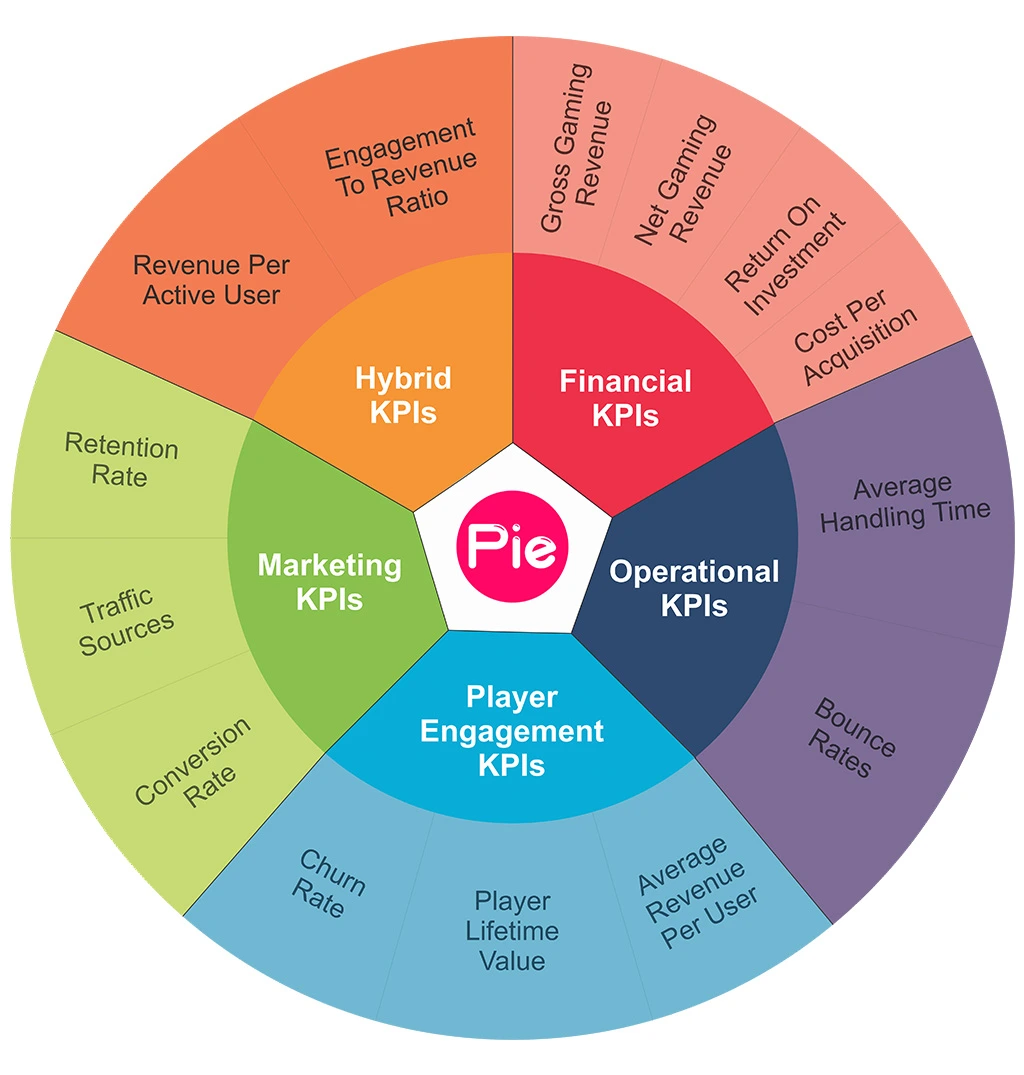Your Ultimate Hookup Resource
Explore a comprehensive directory for connections and relationships.
Rolling the Dice on Funnel Optimization: Crafting Your Path to Profits
Discover proven funnel optimization strategies to boost profits and enhance conversions. Roll the dice on your success today!
How to Analyze Your Sales Funnel: Key Metrics That Drive Profit
Analyzing your sales funnel is crucial for understanding how potential customers engage with your business. Start by identifying key metrics that drive profit, such as conversion rates, customer acquisition cost, and average order value. By assessing these metrics, you can pinpoint which stages of your funnel are performing well and where improvements are needed. For instance, if your conversion rate is low at the awareness stage, you may need to enhance your marketing strategies or content to attract more qualified leads.
In addition to the core metrics, consider using tools like CRM software and analytics platforms to gather data on customer behavior. Metrics such as abandonment rates and customer lifetime value can provide deeper insights into the efficacy of your sales funnel. By analyzing this data, you can adjust your strategies to optimize each stage of the funnel, ultimately driving higher profits. Regularly revisiting these metrics ensures that your approach remains aligned with changing market dynamics and consumer behaviors.

Counter-Strike is a popular tactical first-person shooter game that emphasizes teamwork and strategy. Players join either the terrorist or counter-terrorist side, completing objectives or eliminating the opposing team. For those looking to enhance their gaming experience, using a duel promo code can unlock great rewards and bonuses.
Five Common Funnel Optimization Mistakes and How to Avoid Them
Optimizing your sales funnel is crucial for converting leads into customers, but many businesses make common mistakes that hinder their success. Here are five common funnel optimization mistakes and tips on how to avoid them:
- Neglecting Customer Segmentation: Failing to segment your audience can lead to generic messaging that doesn’t resonate. Make sure to tailor your marketing efforts based on different customer personas to enhance engagement.
- Overcomplicating the Funnel: A convoluted funnel can confuse potential buyers. Ensure that each stage of your funnel is straightforward and guides the user seamlessly to the next step.
- Ignoring Analytics: Without regularly monitoring your funnel’s performance, you’ll miss opportunities for improvement. Keep track of key metrics to identify bottlenecks and optimize accordingly.
- Not Utilizing A/B Testing: Skipping A/B testing means you’re not fully optimizing your conversion rates. Test different elements of your funnel to determine what resonates best with your audience.
- Failure to Follow Up: Once a lead enters your funnel, failing to follow up can lead to missed sales. Implement a consistent follow-up strategy to keep leads engaged until they convert.
Is Your Funnel Leaking? Strategies to Retain Customers at Every Stage
In today's competitive market, ensuring that your sales funnel is functioning optimally is crucial for retaining customers at every stage. A **leaky funnel** can lead to lost sales and diminished customer loyalty. To identify and mend leaks, start by analyzing your customer journey. Regularly evaluating metrics such as bounce rates, cart abandonment, and conversion rates can help pinpoint areas that require attention. Implementing targeted strategies like personalized email follow-ups, engaging content marketing, and user-friendly website design can significantly improve customer retention.
Once you've identified the weak points in your funnel, consider leveraging automation tools to streamline communication and engagement. For instance, utilizing an automated email sequence to re-engage customers who have dropped off can effectively guide them back through the funnel. Moreover, gathering feedback through **surveys** and **reviews** allows you to understand customer pain points and preferences better. Always remember: a proactive approach to pipeline management not only prevents leaks but also fosters long-term relationships with your audience, ultimately leading to higher sales and brand loyalty.